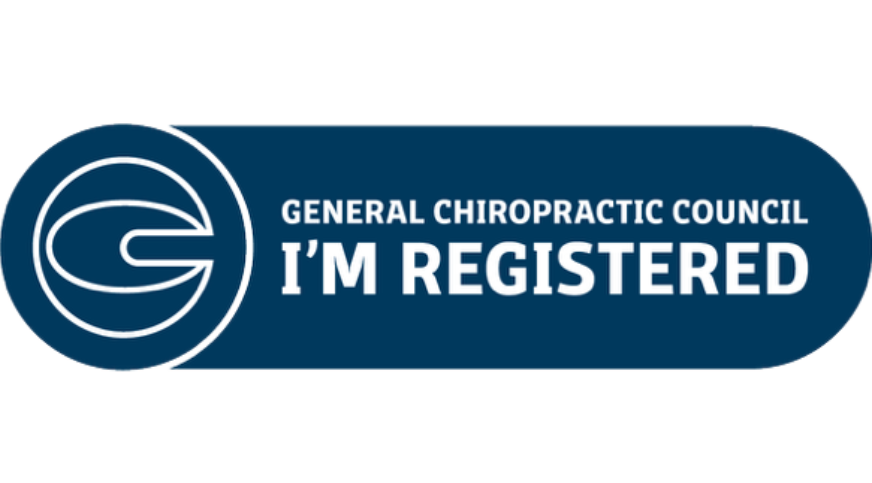During your care journey with us you will have heard us talk about barefoot shoes, especially as your care progresses.
When you walk after an ABC™ adjustment, your body is in the process of unwinding, releasing old compensations and beginning to hold itself in a more natural alignment. The shoes you wear during this process can either support that correction or work against it.
1. Restoring Natural Movement
Traditional shoes often have thick soles, raised heels, arch supports and narrow toe boxes. These features can restrict natural foot movement and alter how forces travel up through the knees, hips and spine. Barefoot shoes, with flexible soles and wide toe boxes, allow your feet to move as nature intended, supporting the body’s natural biomechanics.
2. Improving Stability & Balance
Walking in barefoot shoes enhances proprioception (your body’s awareness of position and movement). Better sensory feedback from the feet can help the nervous system coordinate posture more effectively, something especially valuable after an adjustment.
3. Even Force Distribution
ABC™ focuses on correcting the body’s forward structural misalignments. As barefoot shoes allow for more natural weight-bearing through the feet, they may help reduce uneven forces travelling up into the spine and other joints.This can help maintain the benefits of your adjustments.
4. Strengthening Supporting Muscles
Feet are meant to be strong, flexible and active. Barefoot walking engages the intrinsic muscles of the feet and lower legs, which play a key role in stabilising posture and spinal alignment. Over time, this can help reinforce the structural improvements gained through chiropractic care.
5. Preventing Compensations
Cushioned or restrictive shoes can cause the body to twist and compensate, undoing some of the positive changes from an adjustment. Barefoot shoes reduce this risk by encouraging natural alignment from the ground up.
Speak to our front desk team, or your practitioner for more information and recommended brands.This one simple change can have profound effects on your posture, movement and results from your care.
References:
- Bai Xiaotian, Chen Zhaoying, Song Yiling, Wang Ye, Liu Jingmin. Effect of minimalist shoes on foot muscle morphology: systematic evaluation and Meta-analysis[J]. Chinese Journal of Tissue Engineering Research, 2024, 28(4): 646-650.
- Biscarini, A.; Calandra, A.; Marcucci, A.; Panichi, R.; Belotti, A. Enhanced Foot Proprioception Through 3-Minute Walking Bouts with Ultra-Minimalist Shoes on Surfaces That Mimic Highly Rugged Natural Terrains. Biomimetics 2024, 9, 741. https://doi.org/10.3390/biomimetics9120741
- Curtis R, Willems C, Paoletti P, D’Août K. Daily activity in minimal footwear increases foot strength. Sci Rep. 2021 Sep 20;11(1):18648. doi: 10.1038/s41598-021-98070-0. PMID: 34545114; PMCID: PMC8452613.
- Franklin, Simon, Li, François-Xavier and Grey, Michael J. (2018) Modifications in lower leg muscle activation when walking barefoot or in minimalist shoes across different age-groups. Gait & Posture, 60. pp. 1-5. ISSN 0966-6362
- Petersen, E., Zech, A. & Hamacher, D. Walking barefoot vs. with minimalist footwear – influence on gait in younger and older adults. BMC Geriatr 20, 88 (2020). https://doi.org/10.1186/s12877-020-1486-3
- Xu J, Saliba SA, Jaffri AH. The Effects of Minimalist Shoes on Plantar Intrinsic Foot Muscle Size and Strength: A Systematic Review. Int J Sports Med. 2023 May;44(5):320-328. doi: 10.1055/a-1908-8867. Epub 2022 Jul 25. PMID: 35878616.



